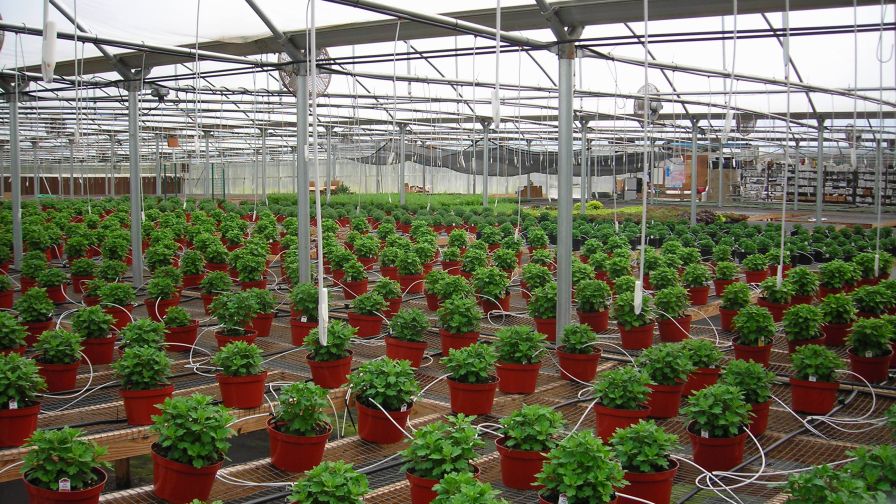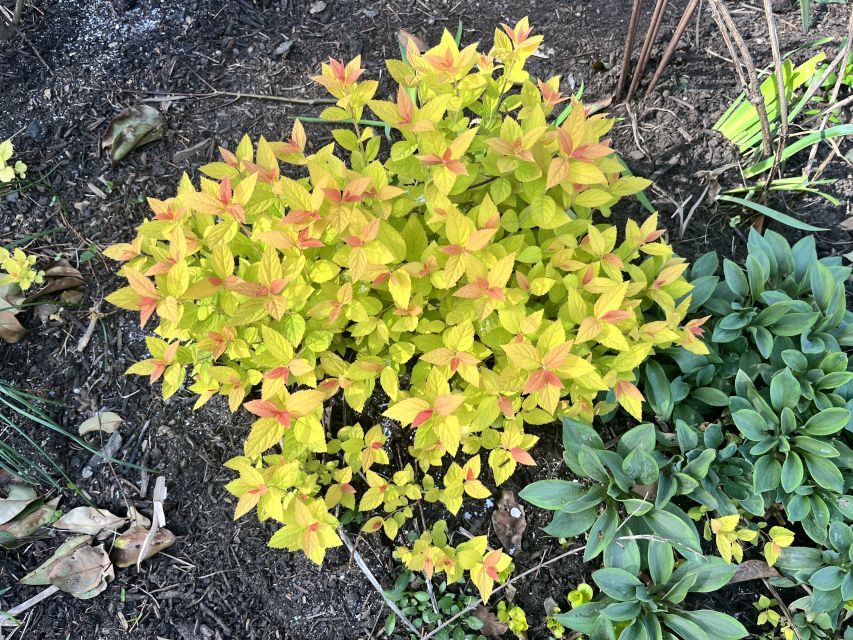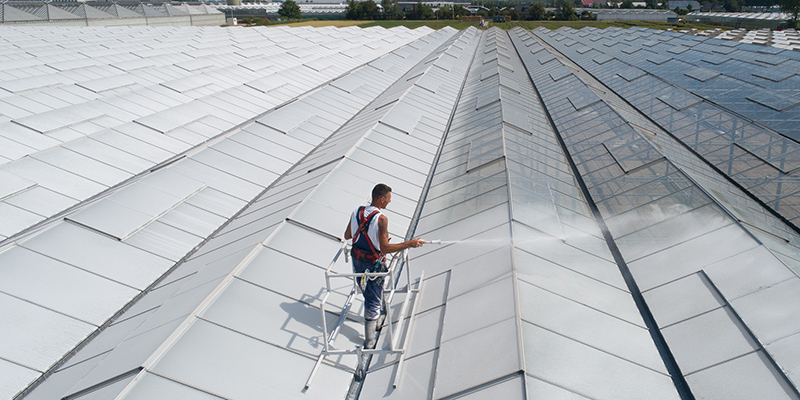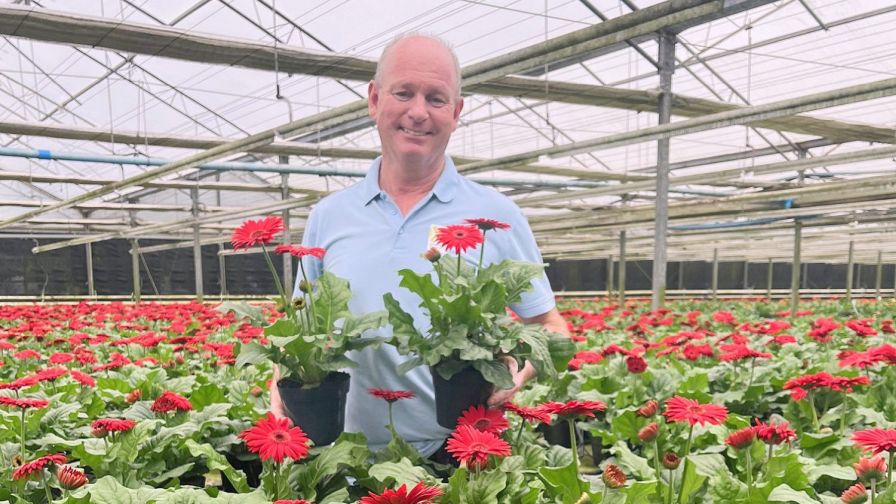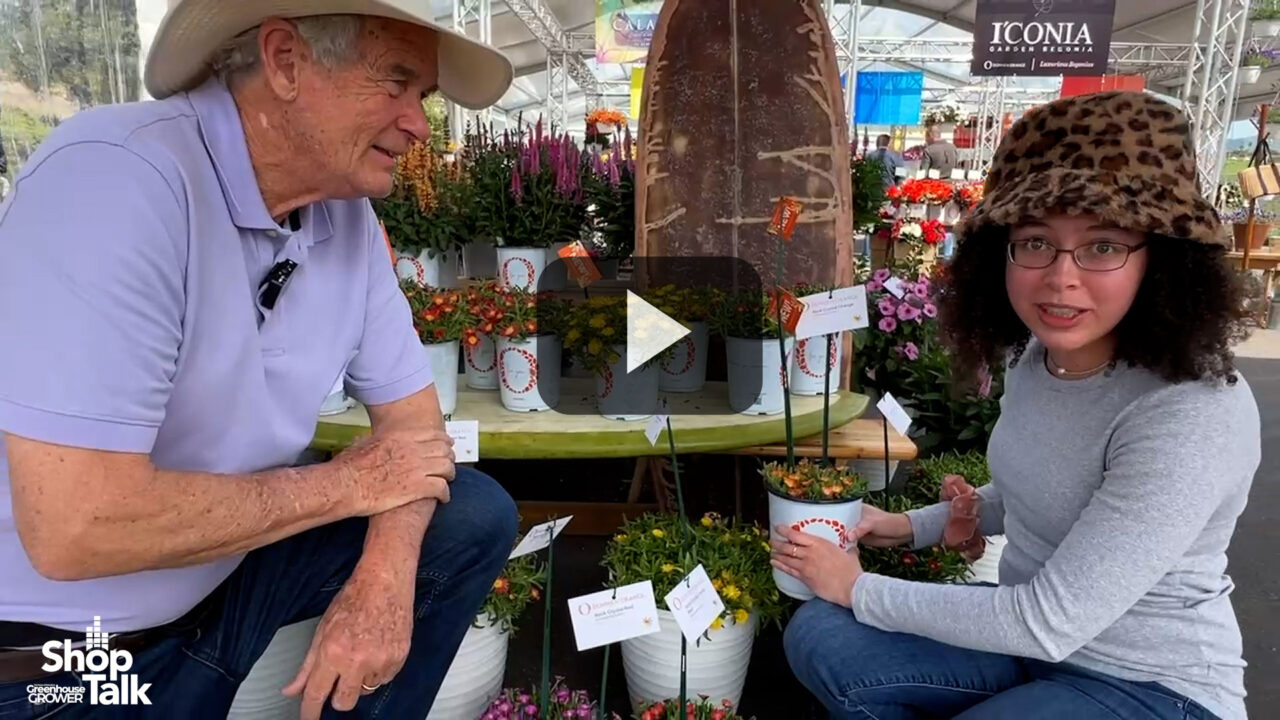Why Cut Flower Growers Are United in Optimism
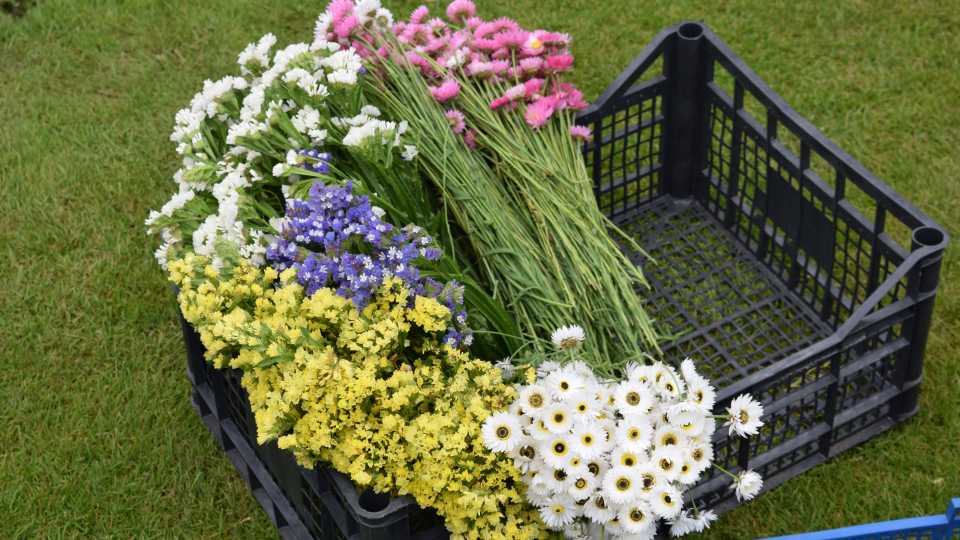
The demand for cut flowers has been strong amid the COVID-19 pandemic as consumers turn to their garden for escape. Cut flower growers hope this demand will continue.
Photo by Allan Armitage
The cut flower industry is diverse, with growers spanning the country and serving a wide range of markets. And yet, they have many common concerns.
The good news is they also have strong leadership. Greenhouse Grower reached out to Judy Laushman, Executive Director of the Association of Specialty Cut Flower Growers (ASCFG), to learn more about the challenges and opportunities growers in this market are facing. Laushman, in turn, connected with some of the leading growers and plant experts in the cut flowers market to get their thoughts.
Disease, Climate Challenges, and More
Here’s a rundown of some of the most critical issues cut flower growers are dealing with right now (In their own words), and how they are navigating through them.
- “An increase in the price of farming inputs, without a corresponding rise in the selling price of local flowers in our area, as well as competition from large farms driving prices to the bottom.”
- “Diseases not typically seen, like root aphids on lisianthus and a rust-like affliction of asters. Access to and support from Extension offices and diagnostic labs. Loss of good seed varieties (Ageratum ‘Blue Sensation’, Marigold ‘Optiva Orange’, and Gomphrena ‘QIS Purple’ are now being produced by different seed) and navigating increased employee protection/safety issues with COVID-19.”
- “For some Northern growers, an issue early in the pandemic was a lack of blooms for the increased demand. This eased as the season progressed.”
- “For Southeastern growers, climate change is a critical issue. These crazy hot summers are causing havoc for dahlia growers, whose plants slow down or stop flowering in these hot days and warm nights. Last year, we had record heat. Is this permanent? Many fear it is. Do we need to shift what we’re growing?”
- “I’m very concerned about the state of global bulb growers. It’s becoming increasingly difficult to obtain larger size bulbs, particularly from the Southern Hemisphere. The large bulbs are included on the summer availability lists from wholesalers, but after they’re harvested in the fields, the large sizes aren’t available in too many instances. I’ve been told the growers just aren’t growing these older bulbs, or that the bulbs harvested were smaller than anticipated.”
- “How much of the demand growers are seeing will still be there once we have a COVID-19 vaccine? Flower farmers are optimists, and many are planning to plant more peonies, for example. In some cases, they’re planting a lot more, anticipating that the demand will continue to grow on the momentum we’re seeing during the pandemic.”
Staying Focused on New Varieties
COVID-19 has had a big impact on Cut Flower trials, according to John Dole of North Carolina State University. Dole is Executive Advisor of the ASCFG as well as Trials Program Coordinator.
“At first, we couldn’t do the trials, but then the university allowed some research to continue. With the trials outside, they were quite safe to do, so we were allowed to proceed,” Dole says. “We reduced the number of plots/cultivars from three to two, and I put in a few plants of each cultivar at home.”
Beyond COVID-19, Laushman says many of the growers she talks to cite several innovations in new variety development.
“For perennials, baptisia is making a big leap forward with so many new hybrids, in an amazing array of flower colors on a plant that is tall and easy to cut,” Laushman says. “Even the foliage is useful. Plus, the hybrids are just as durable as the original species, in contrast to some other genera.”
When it comes to woody ornamentals, hydrangeas are making leaps and bounds, Laushman says.
“The paniculata types now have some with pink and red inflorescences, and some have beautiful colored stems as well. The arborescens types are also available in many beautiful colors now. The breeders are making them a little too compact, however, which might be a problem. The macrophyllas types already came in many beautiful colors, but the repeat flowering and new flower styles are wonderful.”
Dole notes that many of the changes he’s seeing are species specific.
“Marigolds are evolving rapidly, with many new cultivars that are working very well for cuts, which is a big difference from 10 to 15 years ago when we had few good cultivars,” Dole says. “Overall, the plants are taller, stronger, with more consistent flower production throughout the season. ‘Nosento Limegreen’, which is without the typical marigold smell to the leaves, is a big step forward, but still needs some work; the flowers are small and the leaves are Japanese beetle magnets, possibly due to the lack of smell.”
An Eye on the Future
Moving forward, cut flower growers cite four common themes that will drive their short- and long-term success.
Locally grown: The quickly rising number of cut flower growers is motivated by an increased awareness of local production. Supermarkets, in particular, are enhancing their support of local farmers. However, continuing education of the public about the perceived value of local flowers is critical.
Events: There has been a resurgence in the events industry, especially in weddings. However, these events are getting smaller in scale, which could create lasting change.
Pricing: There needs to be continued cooperation between wholesalers, florists, and small farms to find prices that work for each market segment, so that everyone can stay in business.
Diversity: “One final issue of concern to many members is increasing diversity and representation of farmers of color within both the ASCFG and the local flower farming community, and connecting them to the organization,” Laushman says.





